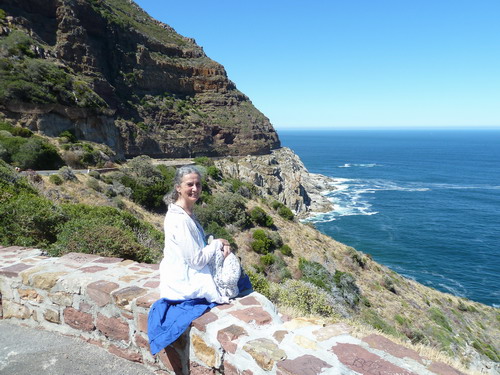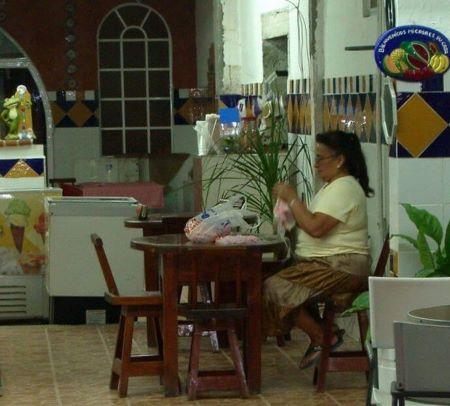Poise and Posture
When we are children, most people have a beautiful easy poise, as is illustrated in this photo of a little girl sitting on a giant snow seat on Newington Green. Despite the obvious cold, the child is sitting easily and in a relaxed manner, whilst many adults would be bent over and tensed up against the cold!
There are many influences in our lives that get us interfering with our natural poise. Our attitudes and emotional experiences are reflected in the way we use our bodies and our minds gradually tend to become rather set so that our view of the world – and our physical responses to it – become rather fixed and habitual. Stress, peer group pressures, accidents and illnesses all play their part in moulding our habitual body use and many of us end up crumpling our bodies down into ourselves – whilst others over-extend and arch their backs in an attempt to ‘stand up straight’ – both of which pull us off our balance and poise.
Fortunately, F M Alexander realised that we are able to reduce some of these effects if we are willing to let go of habits of thought and behaviour that interfere with our natural use. During Alexander Technique lessons, we can learn how to do this and in so doing, regain much of the fluid, free and poised way of being and moving that we had as children and feeling more comfortable in ourselves.



